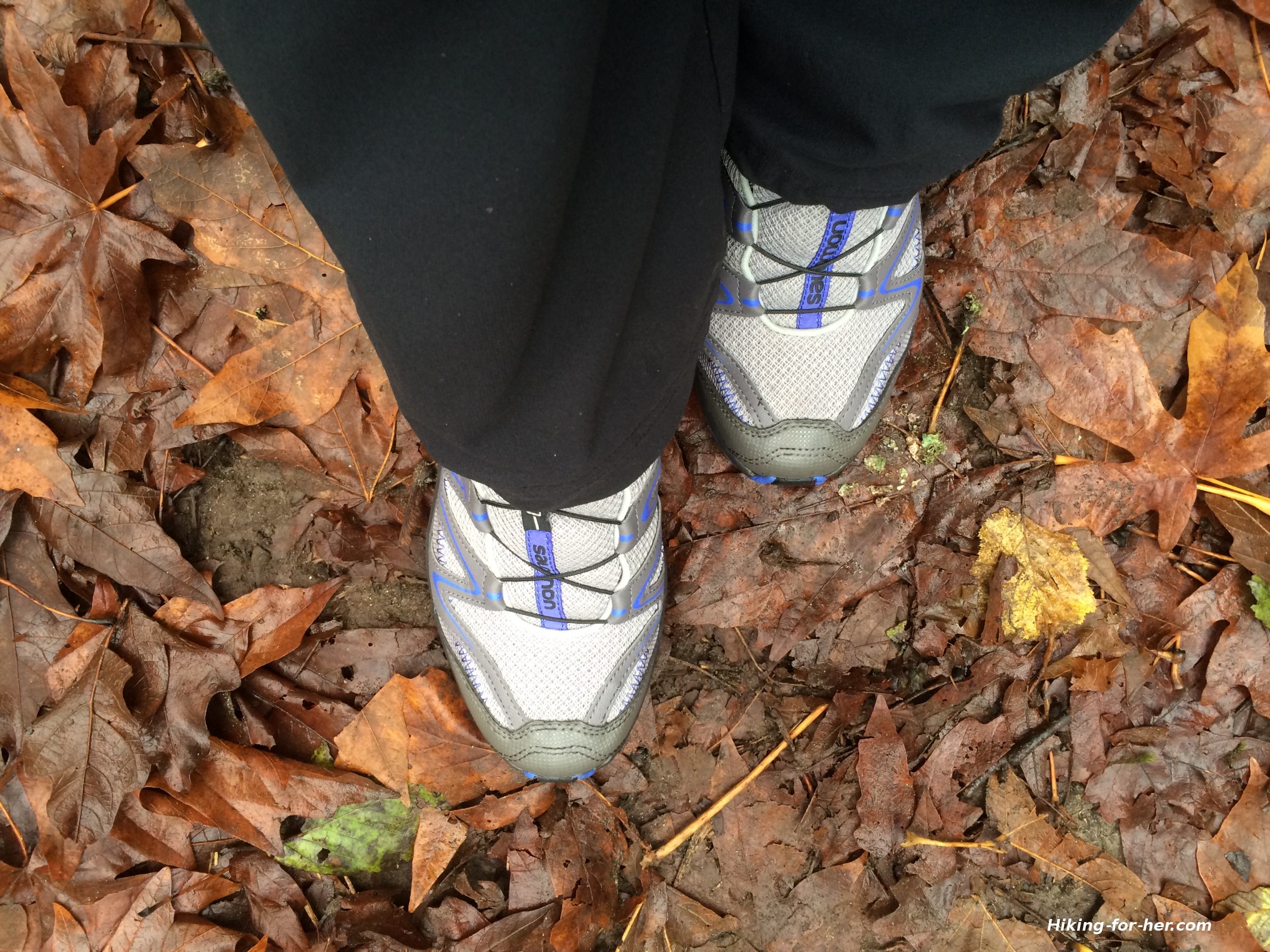
Hiking Map Scales:
Why They Are Important To Hikers
By Diane Spicer
When looking at hiking map scales, you may ask out loud:
What do all of those numbers mean?
They are part of the key to understanding how to read a hiking map.
So let's answer that question.
Hiking map scales do not measure weight!
The scale on a map has nothing to do with weight.
It's all about proportion.
Because a map is a small, flat representation of a three dimensional and very large Earth, the map maker has to scale things down to a manageable level.
You don't want to carry around a gigantic map, right? But you want to know how to navigate the terrain.
To interpret map scales, you need to pay attention to how much distance on the ground is represented by the marks on the map.
Here's an example
If you look at the distance covered by one inch on the map, what is the actual distance being represented?
It could be one mile, or 10 miles. That makes a big difference to a hiker, wouldn't you agree?
If you are using a USGS map, it's probably using a 1:24,000 scale.
- That's plenty detailed enough for the average hiker.
If the second number gets too big (the first number will always be "one"), you begin to lose details important to you as a hiker, and the map becomes less useful.
- One is your unit of measurement. Determine what this is: an inch is used on U.S. maps, while centimeters or other metric units are used around the world.
- The second, big number is your ground distance. Americans use miles, while kilometers are used worldwide.
Let's interpret the 1:24,000 scale using inches as our unit of measurement.
One inch on the map equates to 24,000 inches in the real world. This seems clunky until you realize the power of the piece of paper (or electronic screen) you hold in your hands.
These numbers give you the ability to foresee where you are going, and to plan for time and distance so your hiking trip is exactly what you can handle.
- At least in terms of distance.
- There is elevation to consider as well, and you'll need to look at a topographical map for that.
If we convert 24,000 inches to miles, we arrive at a more intuitive measurement: one inch on paper means we will be hiking 2000 feet (around 600 meters).
Remember that one mile is 5,280 feet. So one inch less than half a mile.
If you've been hiking for any length of time, your feet have a sense of what one mile feels like. Factor that into the numbers, and determine how long of a hike (how many inches on the map) you're up for.
And don't be duped by straight lines.
Trails don't generally take a straight line approach, for all sorts of reasons.
- Use a piece of dental floss to measure your trail distance, twisty turn by turn, to get an accurate estimate of your actual hiking mileage.
About those units...
A quick note on units:
- 1:24,000 gives you a clue that the map is American, using inches.
- However, some states in the U.S., and some areas within a state, use different scales.
- 1:25,000 means the units being used are metric: one centimeter on paper equates to 0.25 kilometers.
Tip: Always consult the map's legend, where hiking symbols are explained, before working with the numbers.
Usefulness of scale
For hikers, 1:50,000 is where a map
begins to lose its usefulness for navigating and determining location
(in my humble opinion).
By the time you're up to a 1:250,000 scale map, you're just looking at the big picture and you don't have enough information to actually hike through that area.
That's not to say those maps aren't useful, they're just not useful while your boots are on the ground.
Try using these big scale maps when your boots are still in the closet, for excellent reasons such as daydreaming or planning. On one sheet of paper you'll discover a lot of hiking opportunities.
They also give a great overview of the terrain and surface water access points.

Those useful pieces of information will help you plan the length of your hike, and your ultimate destination.
Ready to test out your knowledge
of hiking map scales?
Just for fun, get a map of somewhere in the world you'd love to hike.
Then play around with planning an imaginary itinerary, using the hiking map scales to get detailed and specific.
Getting familiar with hiking map scales is one of the distinguishing features of an advanced hiker, someone who understands the relationship between the numbers on a map and the immense opportunity for adventure.
In fact, get familiar with all parts of a map with this video.
So here's the best advice: scale up your map skills!
- As goes the map, so goes your hiking adventure.
Home page > Hiking Trail Maps >
Hiking Map Scales
